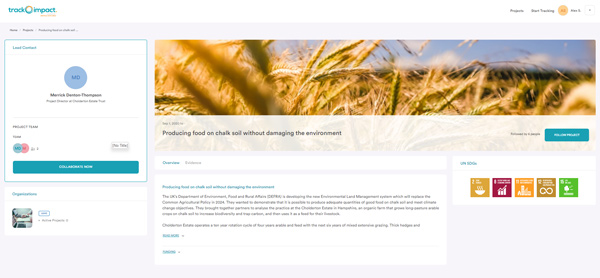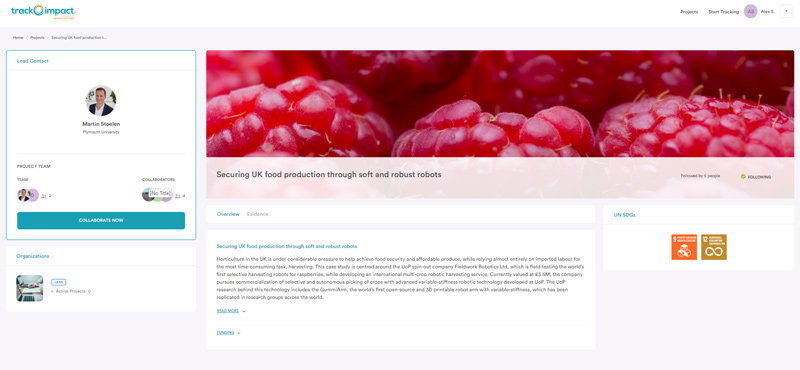Today the soaring temperature in the UK has exceeded 40C for the first time, while Spain and Portugal have already recorded over 1,100 heat-related deaths during the record-breaking Western European heatwave.
Meanwhile the UN’s Sustainable Development Goals 2022 report refers to “cascading and interlinked crises” setting back targets for a sustainable future. Its section on SDG 12 (responsible production and consumption) identifies unsustainable patterns of consumption and production as the root cause of triple planetary crises – climate change, biodiversity loss and pollution.
Agriculture is estimated to be directly responsible for up to 8.5% of all greenhouse gas emissions, with a further 14.5% coming from land use change. It also has a clear role to play in helping towards the global interlinked issues – such as the major challenges around food production. But the UN notes that 13.3% of the world’s food is lost after harvesting and before reaching retail markets.
The imperative to adopt sustainable practices as quickly as possible is clear. Let’s see some of the ways agriculture can become sustainable.
How can farms become sustainable through natural methods?
Earlier this month, we took a look at Cholderton Estate in Wiltshire, UK, as part of our Impact in Action series.
The Cholderton Estate project live on TrackImpact.org
The UK is faced with another dimension of challenge as it leaves the EU’s Common Agricultural Policy (CAP) and begins to implement the three pillars of its replacement Environmental Land Management Scheme (ELMS).
Cholderton proves that it is possible to sustainably produce food while keeping water and air clean, and restoring soils. It is a biologically-rich commercial estate with 1,500 species of plants and animals, and sequestrates 128 tons of carbon in soils per hectare, which is double that of most farms.
This pilot project, in collaboration with partners from Cranfield University through the Wildlife Trust to the County Council, is already driving impact in demonstrating how sustainable farming can be achieved.
A finalist in the inaugural Climate Challenge Cup which took place at COP26 in Glasgow last November, and host this July of the UK’s longest running organic food and farming conference, Cholderton has remained climate positive for 50 years.
Watch the Impact in Action session below:
What are some example research-driven approaches to sustainable agriculture?
There is significant appetite for new research models for sustainable agriculture.
Solutions are required around the world; research in New Zealand addresses challenges around nitrates in drinking water and the range of health concerns posed.
In the UK, UK Research & Innovation (UKRI) continues to fund new research initiatives in the space, including an investment of £8million for a Farming Innovation Programme, and £5 million in a network of researchers to help the UK’s agri-food industry move one step closer to net zero.
What is an example of a way a farm could apply new technology to improve sustainability?
A good example involves the deployment of soft and robust robots, as carried out by a spin-out from the University of Plymouth (Fieldwork Robotics Ltd).
The Fieldwork Robotics Ltd project live on TrackImpact.org
The company is field-testing the world’s first selective harvesting robots for raspberries, while developing an international multi-crop robotic harvesting service. The University of Plymouth research underpinning the technology includes the world’s first open-source and 3D printable robot arm with variable-stiffness, which has been replicated in research groups across the world
You can follow the project by signing up (for free) to the TrackImpact.org global collaboration platform!
We can see then that there are various approaches to sustainable farming available today and in development – but collaboration will be key in speeding up the deployment and helping to curb the most damaging effects of climate change.



